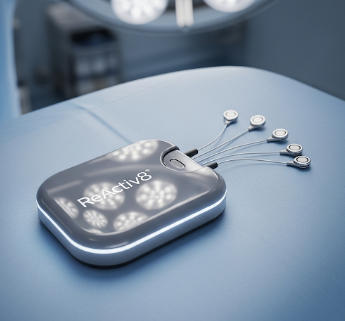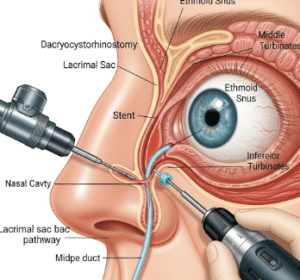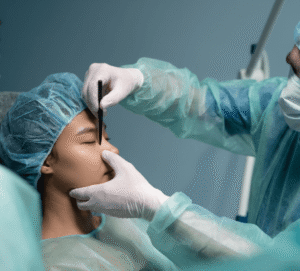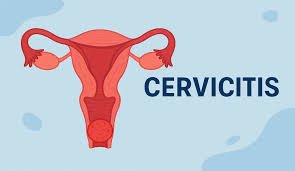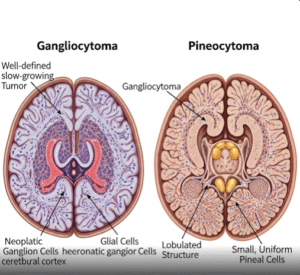Overview
ReActiv8 is an innovative neurostimulation therapy designed to treat chronic low back pain caused by multifidus muscle dysfunction, a key stabilizer of the spine. This restorative approach targets nerve signals to activate underperforming muscles, aiming to reduce pain and improve functional mobility.
South Korea is recognized for advanced pain management clinics, expert neurosurgeons, and state-of-the-art implantable devices, ensuring ReActiv8 therapy is safe, precise, and effective.
What is ReActiv8 (Restorative Neurostimulation)?
ReActiv8 involves the implantation of a small neurostimulator device near the nerves that control the multifidus muscles in the lower back. Key points include:
✔ Targets specific nerves responsible for stabilizing the spine.
➔ Stimulates underactive multifidus muscles to restore normal spinal function.
● Minimally invasive, implantable therapy performed under local anesthesia with sedation or general anesthesia.
★ Non-destructive and reversible: The device can be reprogrammed or removed if necessary.
This therapy is indicated for patients with chronic mechanical low back pain who have not responded to conventional treatments such as physical therapy, medications, or injections.
What are the Benefits?
ReActiv8 provides multiple advantages:
✔ Reduces chronic low back pain and associated disability.
➔ Restores muscle activation and spinal stability.
● Minimally invasive procedure with outpatient or short hospital stay.
★ Long-term functional improvement in mobility and daily activities.
➤ Customizable therapy with device programming tailored to patient needs.
Procedure Details
1) How should I prepare for ReActiv8?
Preparation focuses on medical optimization and patient education:
✔ Medical assessment: Imaging (MRI/CT) to evaluate spinal anatomy and nerve pathways.
➔ Medication review: Adjust anticoagulants or medications affecting healing.
● Health optimization: Address chronic conditions such as diabetes or hypertension.
★ Patient counseling: Understand procedure steps, expected outcomes, and device management.
➤ Pre-procedure testing: Electromyography or functional muscle tests may be conducted to confirm eligibility.
2) What happens during the ReActiv8 procedure?
The procedure is performed in a surgical suite under local anesthesia with sedation or general anesthesia:
✔ Incision and lead placement: Small incisions in the lower back to place leads near nerves controlling multifidus muscles.
➔ Device implantation: Leads connected to the implanted neurostimulator, placed under the skin.
● Testing: Device programmed and tested intraoperatively to ensure proper muscle activation.
★ Closure: Small incisions closed with sutures; dressing applied.
➤ Procedure duration: Typically 1–2 hours depending on patient anatomy and number of leads.
Korean surgeons emphasize precision in lead placement and programming to maximize therapy efficacy and minimize complications.
3) What happens after ReActiv8?
Post-procedure care focuses on pain management, device activation, and gradual rehabilitation:
✔ Recovery: Short hospital stay or outpatient observation; mild post-op discomfort common.
➔ Device activation: Therapy initiated 1–2 weeks after surgery once incisions heal.
● Physical therapy: Structured exercise program complements neurostimulation to strengthen multifidus muscles.
★ Follow-up: Device programming adjustments based on pain relief and functional improvement.
➤ Long-term monitoring: Regular assessments to track pain, mobility, and device function.
Risks / Benefits
Possible Risks:
✔ Infection at implant site
➔ Lead migration or device malfunction
● Local pain or discomfort
★ Rare nerve injury or allergic reaction to device materials
➤ Need for device removal or revision if complications occur
Major Benefits:
✔ Reduces chronic mechanical low back pain
➔ Restores spinal stability through multifidus activation
● Minimally invasive with short recovery
★ Customizable, reversible, and long-term functional improvement
➤ Suitable for patients who have failed conservative treatments
Recovery and Outlook
✔ Immediate recovery: Mild soreness at incision site; normal activity as tolerated.
➔ Device activation: Therapy begins 1–2 weeks post-procedure.
● Physical therapy integration: Gradual strengthening and mobility exercises improve outcomes.
★ Long-term benefit: Many patients report sustained pain relief and improved function after several months of therapy.
➤ Follow-up: Device check-ups, programming adjustments, and periodic imaging if necessary.
When To Call the Doctor
Contact your doctor immediately if you notice:
✔ Signs of infection (redness, swelling, pus, fever)
➔ Persistent or worsening back pain after initial recovery
● Unusual numbness, weakness, or tingling in legs
★ Device malfunction or inability to activate therapy
➤ Incision site bleeding or prolonged wound healing
Best Korea Option / Process
South Korea provides expert ReActiv8 therapy services with:
✔ Leading hospitals: Samsung Medical Center, Asan Medical Center, Severance Hospital Spine & Pain Clinics.
➔ Experienced neurosurgeons and pain specialists skilled in implantable neurostimulation therapies.
● Advanced technology: State-of-the-art ReActiv8 devices and programming systems.
★ Comprehensive care: Pre-op assessment, surgical implantation, post-op rehabilitation, and long-term monitoring.
➤ Medical tourism support: Translation, appointment coordination, and continuity of care for international patients.
✅ Highlights:
✔ ReActiv8 restores multifidus muscle function to reduce chronic low back pain
➔ Minimally invasive implantable therapy with outpatient or short hospital stay
● Customizable and reversible device with long-term functional benefits
★ Risks include infection, lead migration, device malfunction, or local pain
➤ Korean hospitals provide expert surgeons, advanced devices, and comprehensive post-op care

